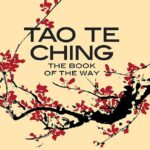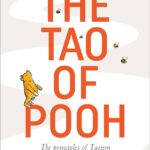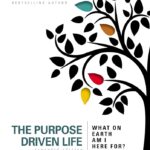Welcome to Thinkers Books! Today, we delve into a truly transformative work that has touched millions of lives worldwide: “The Art of Happiness” by the Dalai Lama and Dr. Howard C. Cutler. This remarkable book guides us towards understanding and achieving true happiness, blending Eastern spiritual wisdom with Western psychological insights.
“The Art of Happiness” is a profound journey into the human psyche, emotions, relationships, and well-being. With Dr. Cutler’s facilitation, the Dalai Lama offers practical advice on cultivating happiness and inner peace. The central theme resonating throughout this book is simple yet powerful: the purpose of life is to be happy, and such pleasure can be achieved through mental and emotional discipline.
The narrative unfolds a rich tapestry of ideas, exploring happiness from Buddhist and Western perspectives. It delves into the nature of suffering, the role of compassion, and the importance of understanding our emotions. Accompanied by real-life examples and case studies, these concepts come alive, providing actionable insights for everyday situations.
One of the most impactful lessons from the book is the realisation that happiness isn’t an external pursuit but an internal cultivation. The Dalai Lama emphasises the power of altruism, mindfulness, and recognising the interconnectedness of all beings in fostering a deep sense of happiness and fulfilment.
Let’s further dissect the wisdom encapsulated in this book:
- Understanding the nature of suffering: The Dalai Lama teaches that suffering is inevitable. Understanding its causes and developing strategies to overcome them can mitigate our emotional pain and enhance our happiness.
- Developing a positive outlook: The authors propose various techniques to cultivate positivity, such as focusing on gratitude, setting realistic goals, and practising optimism.
- The role of relationships in happiness: Emphasizing the importance of nurturing healthy relationships, the authors explore the concept of “emotional intimacy” and provide practical advice on building strong connections with others.
- Overcoming obstacles to happiness: The authors delve into common barriers to happiness, such as anger, jealousy, and insecurity, and offer practical tips and techniques for transforming these negative emotions into positive feelings.
Here are my Top 5 Learning Points from the book:
- Cultivate inner happiness: True happiness stems from within, not from material possessions or external circumstances.
- Embrace compassion: Compassion is critical to happiness. Caring for others’ well-being creates inner peace and purpose, contributing to our satisfaction.
- Understand and manage emotions: Effective management leads to a balanced and happier life. Techniques such as meditation and mindfulness can aid in this process.
- Develop mental discipline: Training our minds to overcome negative thoughts and emotions is crucial for cultivating happiness.
- Interconnectedness: Recognizing our connection with all beings fosters empathy, understanding, and happiness.
“The Art of Happiness” is a transformative read that bridges Eastern spiritual wisdom with Western psychological insights. Its teachings on compassion, mindfulness, and mental discipline have profoundly impacted countless lives, including mine. I believe anyone who reads this book with an open mind and heart will find valuable lessons to apply to their lives.
As we conclude our exploration of “The Art of Happiness,” let’s remember this potent quote from the Dalai Lama: “Happiness is not something ready-made. It comes from your actions.” Let this serve as a reminder to seek and cultivate our happiness actively.
Thank you for joining us on this enlightening journey through “The Art of Happiness.” We invite you to delve into more summaries from Thinkers Books, where wisdom from the world’s most outstanding books awaits you. May you continue to chase your happiness with courage and belief in yourself. Happy reading!







